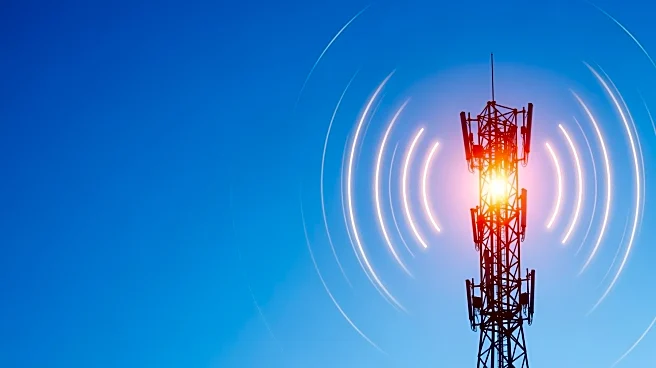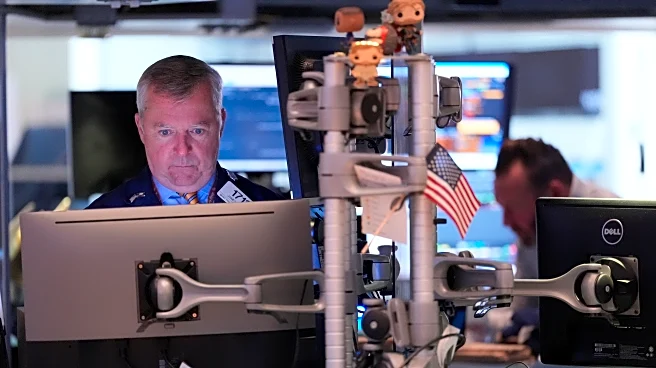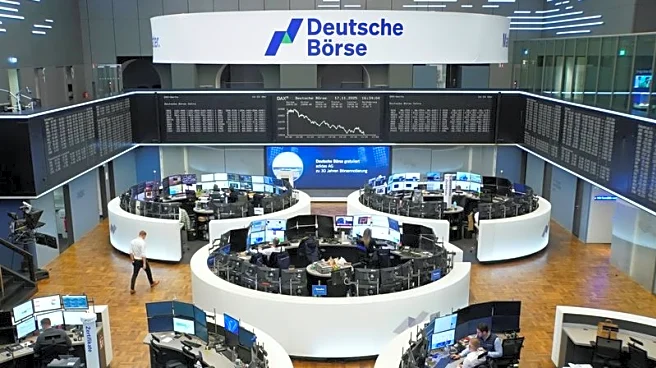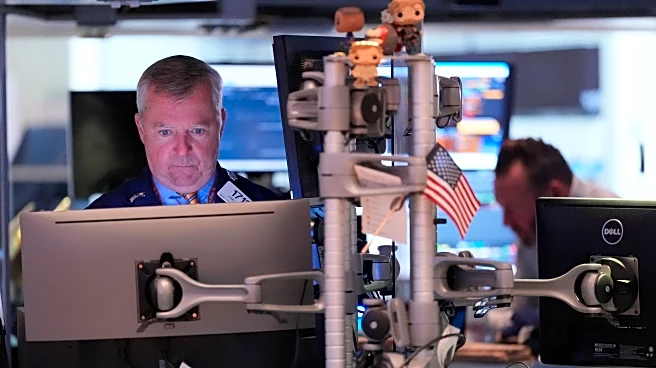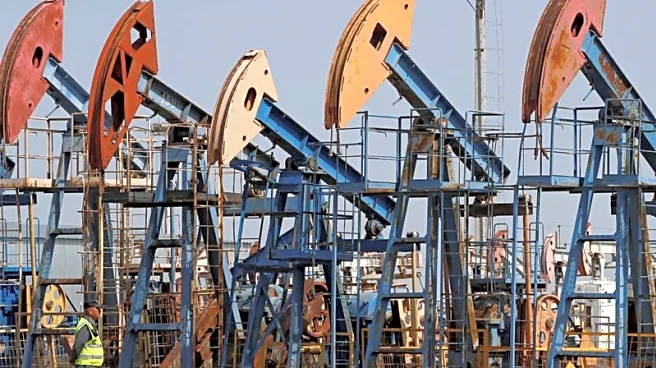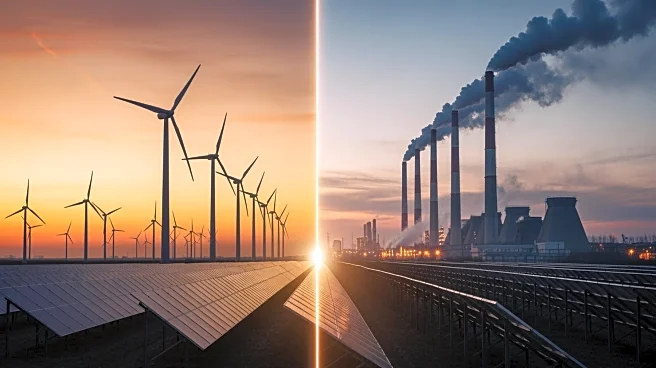What's Happening?
A sudden stratospheric warming event is anticipated to disrupt atmospheric patterns around the Arctic, potentially allowing cold air to move further south into parts of the Northern Hemisphere. This phenomenon
occurs when stratospheric temperatures rise dramatically, often by more than 30 degrees Fahrenheit, affecting the polar vortex—a large area of low pressure and cold air that typically circulates around the Arctic. The disruption can cause the vortex to stretch, weaken, or split, allowing cold air to spill into warmer midlatitude regions. While such events are not uncommon, their coincidence with other atmospheric oscillations can lead to extreme weather conditions, including deep cold and snow across North America, Europe, and Asia. Forecast models predict a significant rise in stratospheric temperatures over the Arctic Circle in the coming weeks, which could be historic in intensity.
Why It's Important?
The potential impact of this sudden stratospheric warming event is significant for weather patterns across the Northern Hemisphere. If the polar vortex is displaced over North America, it could lead to an Arctic airmass spreading across the United States and parts of Europe, resulting in colder-than-average conditions. Conversely, if the vortex bulges toward Asia, North America may experience milder weather. The event's timing and intensity could affect energy consumption, agricultural planning, and transportation logistics due to potential cold snaps and snowstorms. Additionally, the overlap of other atmospheric fluctuations, such as the El Niño-Southern Oscillation, could further influence weather patterns, making accurate forecasting crucial for preparedness.
What's Next?
Meteorologists are closely monitoring forecast models to determine how the meteorological winter will begin. The disruption of the polar vortex following the sudden stratospheric warming can take weeks to unfold, making long-term forecasts challenging. As Thanksgiving week approaches, much of the U.S. is expected to experience above-average temperatures due to a strong ridge of high pressure. However, colder weather is likely to return after Thanksgiving, with meteorologists using models like the Global Forecast System and the European Centre for Medium-Range Weather Forecasts to predict the onset of winter conditions.
Beyond the Headlines
The sudden stratospheric warming event highlights the complexity of atmospheric dynamics and the challenges in predicting long-term weather patterns. It underscores the importance of understanding how different atmospheric oscillations interact and influence global weather systems. The event also raises questions about the potential impacts of climate change on the frequency and intensity of such phenomena, as well as the need for improved forecasting technologies to better anticipate and mitigate their effects.




